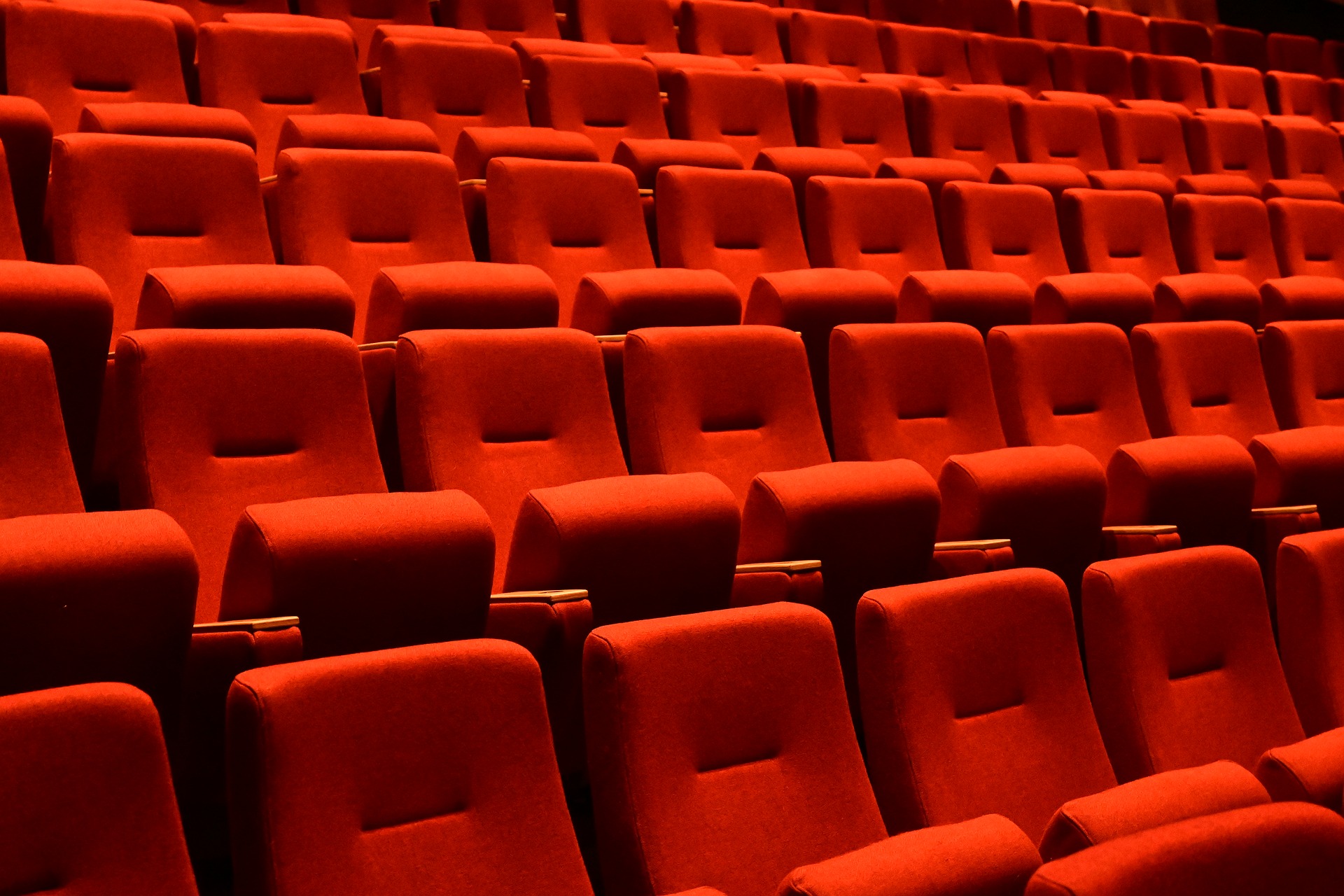Breaking Boundaries: The Influence of Digital Art in Modern Cinema
As digital art takes a hold of the entertainment industry, it’s shaping the face of modern cinema in ways we’ve never seen before. This article dives into the historical development of digital art, its current influence, and the significant impact it has on today's film industry.

Introduction
Digital art is no longer confined to the realms of graphic design or animation. It has seeped into our movie theaters, redefining the cinematic experience for audiences worldwide. From the creation of alternate realities to the portrayal of convincing humanoid robots, digital art has revolutionized modern cinema.
Digital Art: A Brief History
Digital art, born from the marriage of art and technology, surfaced in the 1960s. Early pioneers like Harold Cohen and Charles Csuri started to experiment with computer algorithms to create art, laying the groundwork for future artists. Over the years, technological advances have allowed digital artists to push boundaries, blurring the lines between the real and virtual world.
The Convergence of Digital art and Cinema
The 1990s marked a turning point for digital art in cinema. The release of “Jurassic Park” in 1993 showcased how CGI (Computer Generated Imagery) could create believable, lifelike creatures. Fast forward to the present, digital art has become an integral part of filmmaking, from creating jaw-dropping visual effects to enhancing storytelling and character development.
Impact on Storytelling and Character Development
Digital art has given filmmakers the tools to tell stories and develop characters in ways that were previously impossible or prohibitively expensive. Films like “Avatar” and “The Lion King” remake have leveraged digital art to immerse audiences in fantastical worlds. Similarly, movies like “The Irishman” have used de-aging technology to allow actors to play characters at different stages of their lives.
Current Trends and Developments
The current era of cinema is marked by a surge in the use of digital art for hyper-realistic visual effects and virtual production. The recent success of “The Mandalorian,” which used LED screens to create real-time backgrounds, underscores this trend. Moreover, the use of AI in digital art is allowing filmmakers to automate certain aspects of production, opening up new possibilities for creative expression.
The Future of Digital Art in Cinema
As technology continues to evolve, the influence of digital art on cinema will only grow. Virtual reality and augmented reality are poised to offer immersive cinematic experiences, while AI could revolutionize aspects of film production. Despite the challenges, the future holds immense potential for the convergence of digital art and cinema.
In conclusion, digital art has undeniably reshaped cinema, enriching storytelling and amplifying the visual experience. As we move forward, this powerful synergy of art and technology promises to take us on more mesmerizing cinematic journeys.




